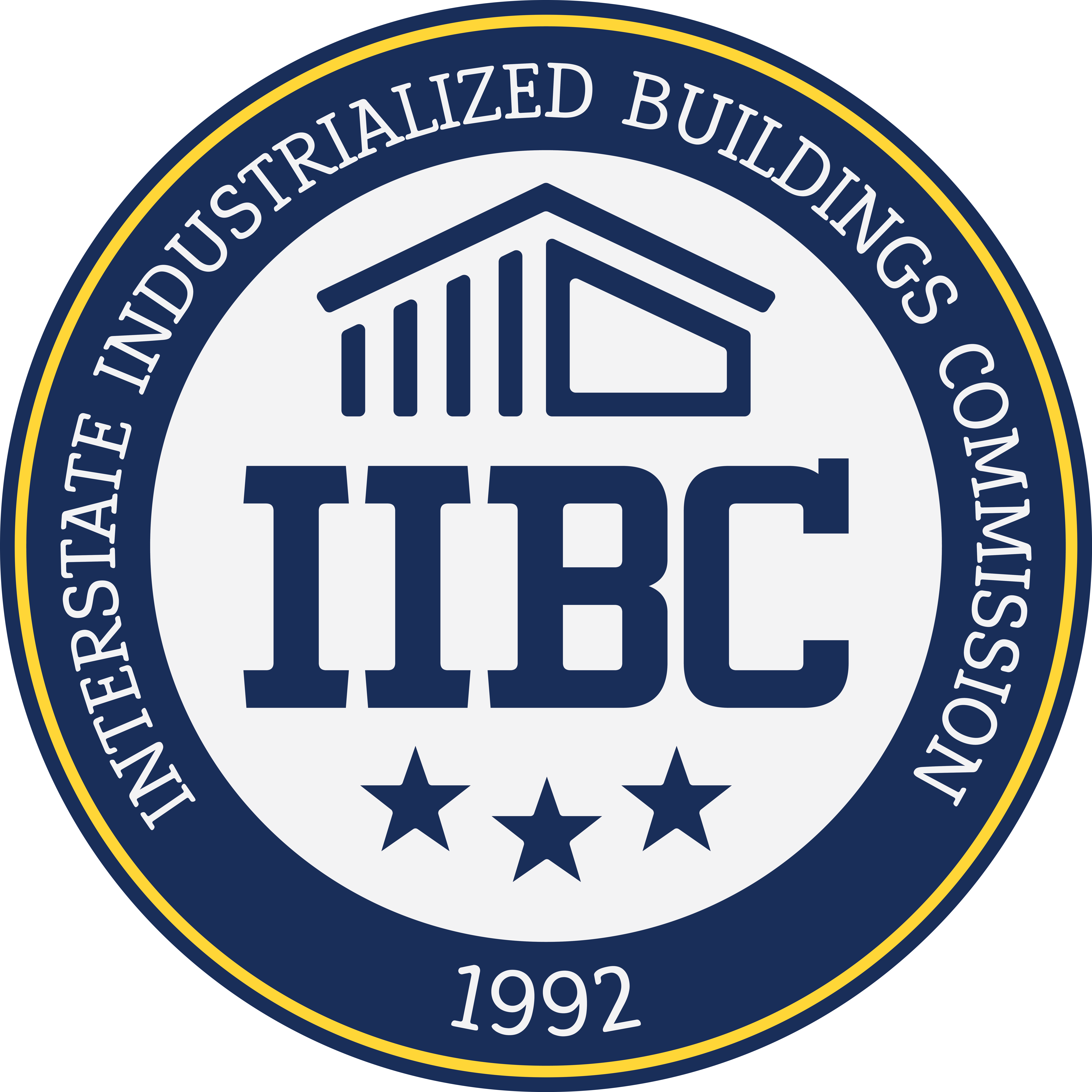ND SEB – Proper Lug Selection
Electrical connections are critical parts of any wiring system, and it is important to choose the correct methods and materials to ensure long lasting and safe installations. Lugs are often used as a termination for conductors in equipment and enclosures, so please take time to select the correct product for the application. One of the first things to verify is to make sure the lug is correct for the conductor material you are terminating: some are only good for copper, some only for aluminum, and some are dual rated for both copper and aluminum. A common mistake Inspectors see in the field is installing more than one conductor in a lug terminal when that terminal is not identified for multiple conductors. According to UL’s Product Spec., connectors generally accommodate a single conductor under the clamping mechanism unless otherwise identified, such as with the number of conductors located parenthetically in front of the wire size or range. Typically these lugs have a teardrop shaped opening and are marked with a size range for a single conductor and also with a size range for two conductors (often if rated for two they must be the same size conductor). If you are working with conductors more finely stranded than the typically used Class B, you must use connectors listed for the specific conductor class, as these smaller strands can easily break in a traditional screw terminal lug. Torque specifications are another important factor to consider when installing conductors in lugs, most installers over-torque connections, which can increase the resistance of the termination, so follow the manufacturer’s instructions in this regard. These are just a few points to consider when selecting lugs for your next project, but please remember that termination points are a potential failure point, so proper selection and application are essential to a long lasting code-compliant installation.
Reprinted with permission from NDSEB Connections – Sept. 2016
